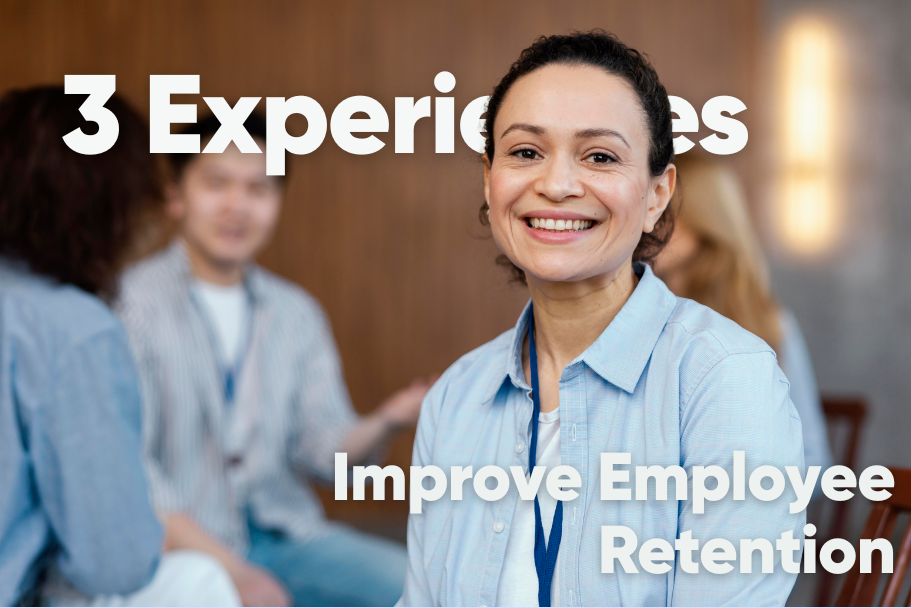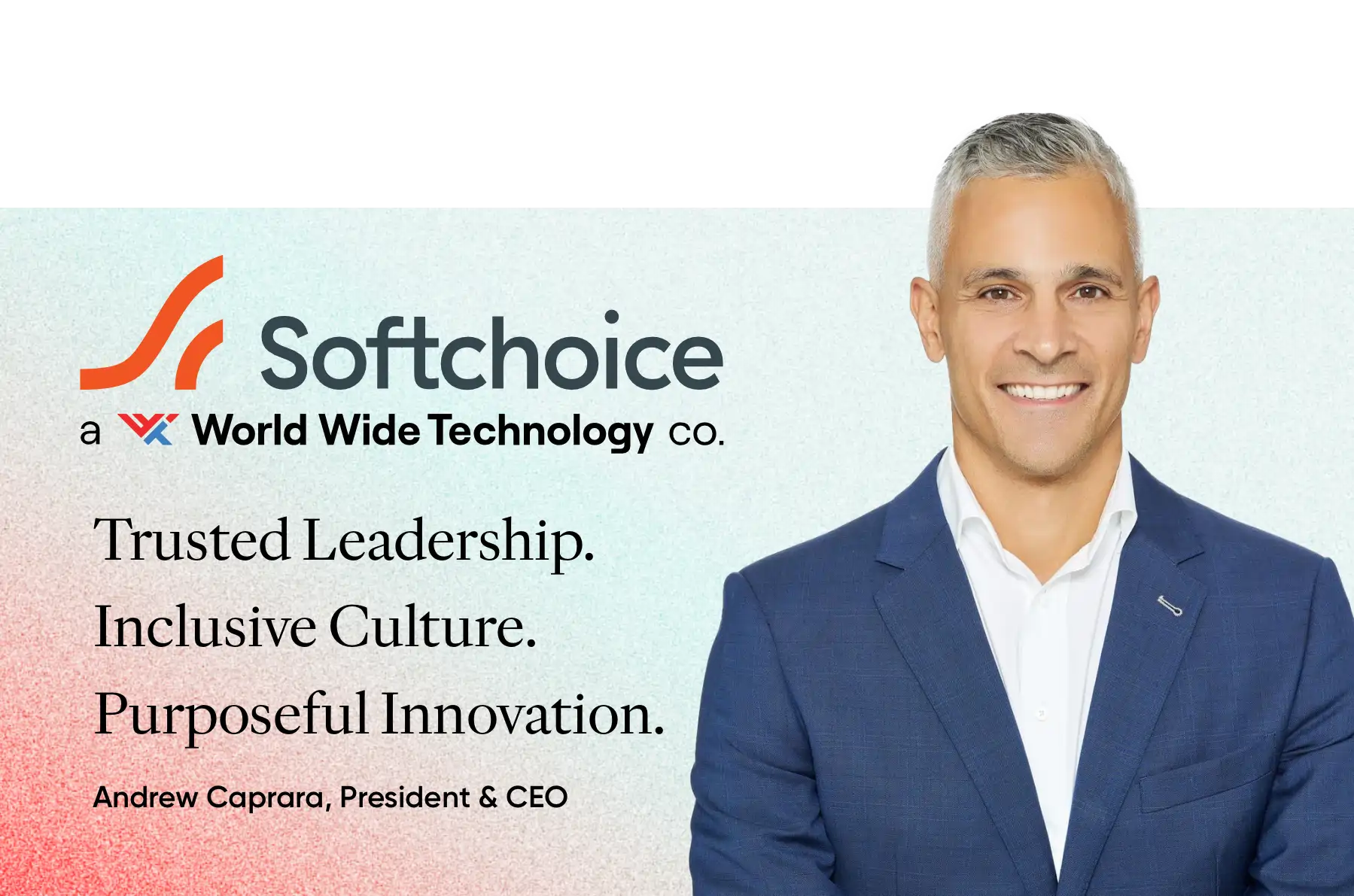
Best Workplaces, Diversity, Inclusion, Recruitment
Western societies are becoming increasingly diverse and great workplaces can, and should, reflect that diversity within their walls. Not only does diversity lead to more innovation, better problem solving and improved collaboration; different experiences, perspectives, and skills within a workplace contribute to more inclusion, better engagement levels, an enhanced organizational reputation and ultimately better performance.
So how is diversity achieved? The best organizations take a strategic approach – they aren’t satisfied with letting it happen organically because that often takes too long, if it ever happens at all, and a laissez-faire approach hasn’t proven to be very effective. A strategic approach involves examining all aspects of your recruitment strategy and thinking specifically about diversity at each stage.
Attracting Potential Employees
Do you have an image or reputation that encourages diversity and tells people of different abilities, ages, genders, race, and background that they are welcome within your walls? Consider the following:
• Does your website have pictures of diverse employees?
• Do you use diversity images in your print materials?
• Do you support diversity related events like Pride parades, women’s issues, or diverse ability activities?
• Does your Career Page feature a statement about diversity and inclusion?
Think about where you recruit:
• Go to events sponsored by diverse groups.
• Partner with multicultural groups to increase awareness and network with a diverse group of people.
• Attend career fairs that are geared to different groups.
• When you attend career fairs, bring a diverse group of employees who can relate to a wide range of potential candidates.
Leverage social media:
• Feature interviews with employees from a wide range of backgrounds.
• Address diversity and inclusion directly with statements from employees.
• Share your diversity stats and goals.
Active Recruitment
When hiring new people, it’s important to think about not only a specific role but also who/what would be best for the entire team. Thinking about the team as a whole focuses your attention on potential gaps in skill, ability, experience, and perspective – precisely the things that diversity can fill. By understanding where you have gaps, you become more open to creatively filling them.
• Talk with the team about bias and why you may not have considered a diverse range of people previously.
• List the skills and abilities you are looking for.
• Craft a job posting that uses inclusive language and is mindful of bias.
• Offer flexibility to encourage a wide range of applicants (parents may need to schedule around school, religious groups may need certain days off, people with diverse abilities may need accommodations, etc.)
• Leverage employee referrals and encourage referrals from employees who represent different groups.
Assessment and Hiring
Here again, bias can go undetected so it needs to be challenged. The term “fit” has long been used to describe how to assess potential employees. The downside is, hiring for fit often results in hiring for similarity. So while fit is important when it comes to values, you have to be mindful that is doesn’t preclude well-qualified people from being chosen.
• Use blind pre-screening processes like eliminating names from resumes and removing details that reveal age or status (dates, names of schools attended)
• Use pre-hire assessment tools like personality tests that are valid and reliable.
• Rely on artificial intelligence solutions to shortlist candidates based on the skills, experiences and other criteria you rank as most important.
Introducing blind pre-screen methods will advance a more diverse set of people to the latter stages of assessment. If you have specific recruitment goals for an underrepresented group you may also consider advancing a set number of applicants per group to ensure more diversity is considered at the later stages. At the interview stages, objectivity is very important as well.
• Develop a structured interview process
• Rank candidates according to pre-determined skills
• Ensure a wide range of people participate in the interviews
• Practice inclusiveness in the interviews – a transparent, open, friendly and flexible approach will ensure diverse candidates end up choosing your workplace as much as you choose them!
• Hire the best and work hard to include them in the fabric of the organization from that day forward
Diversity in the workplace doesn’t just happen – it’s a process and a commitment and something that you will refine and revise as your talent and diversity needs change. Ultimately the best workplaces in terms of skill, ability, experience and performance are those that enjoy a variety of worldviews and perspectives. By actively challenging your bias and focusing on bringing in the best people period, the diversity within your walls will improve and you will reap the rewards.
About Great Place to Work®
Great Place to Work® is the Global Authority on Workplace Culture. We make it easy to survey your employees, uncover actionable insights and get recognized for your great company culture. Learn more about Great Place to Work Certification.






